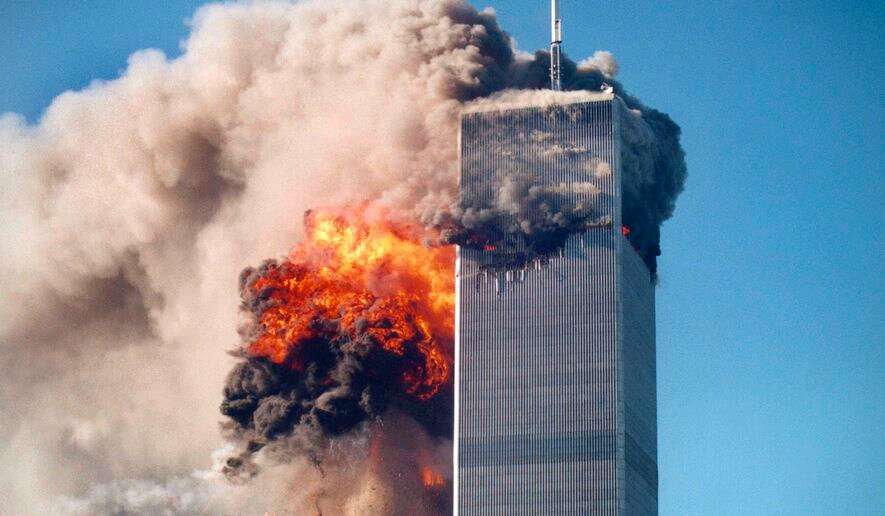Given April's report of a thwarted ISIS-inspired attack on Israel's Independence Day celebrations in April last year, the timing of the release of a report on global Islamist violence could not have come at a more opportune moment.
The study by the Foundation for Political Innovation, a French think tank, looks at a 40-year period between Iran's Islamic Revolution in 1979 and today, and claims that there might be a significant underestimation of global Islamist terrorism.
Follow Israel Hayom on Facebook and Twitter
It is instructive and interesting to understand why the year 1979 was chosen as the starting point for collecting the data. It was a pivotal year for two main reasons; the overthrow of the Shah in Iran, heralding the Islamic Revolution and the Soviet invasion of Afghanistan. Ayatollah Ruhollah Khomeini came to power undoing what was viewed as the Shah's increasing "Westernization," to be replaced by theocratic Islamic rule.
In the Afghanistan arena, the Soviet invasion "initiates the conflict which will be considered the matrix of contemporary Islamist terrorism," according to the report. It is one of the first times in the modern world that non-Muslims become familiar with the term jihad – as evidenced by the term that describes the fighters for an Islamic land – mujahideen.
The headline figures from the report calculate that between 1979 and 2019 there were 33,769 Islamist terrorist attacks around the world, resulting in the deaths of at least 167,096 people. A more distilled breakdown showed that between 1979 and 2000 there were 2,190 terrorist attacks causing 6,818 deaths. In the decade or so following the 9/11 atrocity, 8,264 terrorist attacks were carried out causing 38,186 deaths. The period between 2013 and 2019 has witnessed a 300% increase in both attacks and deaths; 23,315 attacks and 122,092 deaths. In total, Islamist terrorist attacks accounted for almost 19% of all attacks between 1979 and 2019.

The report draws a distinction between reporting in the developed world – highlighting three terrorist attacks in particular; 9/11 in New York and two attacks in France – both in Nice – in 2015 and 2016. Officials figures revealed that the number of casualties was three-to-five times the death toll.
In developing countries – where the majority of attacks take place, it is much harder to get accurate figures of the dead and wounded. Not unreasonably, the authors suggested that they could extrapolate from those trends an increase in the number of those wounded by Islamist terrorist attacks – from the recorded 151,431 – and multiply it by a factor of three (454,293) or perhaps even five (757,155).
The trend shows an upward curve of the ratio of attacks on one axis and the number of victims – both wounded and killed on the other. The study also shows that although the majority of Islamist terrorist attacks largely target developing countries and those riven by internal strife – and which have increased in frequency since the start of the so-called "war on terror," the developed world – and Europe, especially France, in particular – has suffered.
The global nature of the violence – for those who are willing to notice it – shows that Islamism is intimately aware of political and social realities and seeks to influence and shape them through ultra-violent means. And now, having declared a caliphate – largely in Iraq but also parts of Syria – Islamists in general and Islamic State in particular can point to a concerted effort to roll back more than 1,000 years of history and the creation of the short-lived caliphate acted as a clarion call to like-minded organizations.




